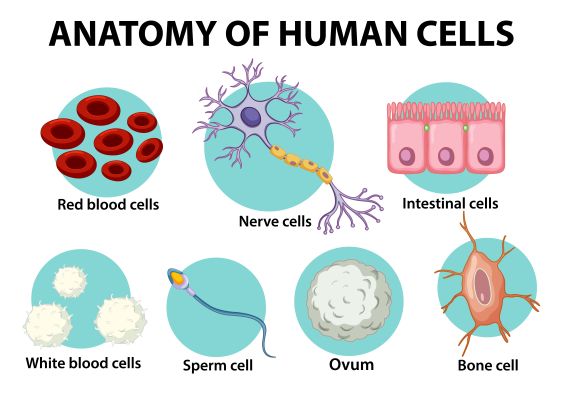
Chapter Overview: Tissues
This chapter introduces the concept of tissues, which are groups of cells that perform a specific function in organisms. It covers plant and animal tissues, their types, structures, and functions as per the CBSE Grade 9 Science curriculum.
Tissue: A group of cells similar in structure and function, working together to perform a specific task.
Plant Tissues
Plant tissues are classified into two main types: meristematic and permanent tissues.
Meristematic Tissues
These are responsible for plant growth and are found in growing regions like root and shoot tips. They divide continuously.
Permanent Tissues
These are derived from meristematic tissues and do not divide further. They are of two types:
- Simple Permanent Tissues: Made of one type of cells (e.g., parenchyma, collenchyma, sclerenchyma).
- Complex Permanent Tissues: Made of more than one type of cells (e.g., xylem and phloem).
Xylem: A complex tissue that transports water and minerals from roots to other parts of the plant.
Phloem: A complex tissue that transports food from leaves to other parts of the plant.
Animal Tissues
Animal tissues are classified into four main types:
Epithelial Tissue
It covers the body surface and lines internal organs. It provides protection, secretion, and absorption.
Connective Tissue
It supports and connects different body parts (e.g., bone, cartilage, blood).
Muscular Tissue
It enables movement through contraction and relaxation (e.g., skeletal, smooth, cardiac muscles).
Nervous Tissue
It transmits signals between body parts for coordination (e.g., neurons).
Neuron: The structural and functional unit of the nervous system, responsible for transmitting nerve impulses.
Summary
This chapter explains the importance of tissues in plants and animals, their classification, and their roles in maintaining life processes.
